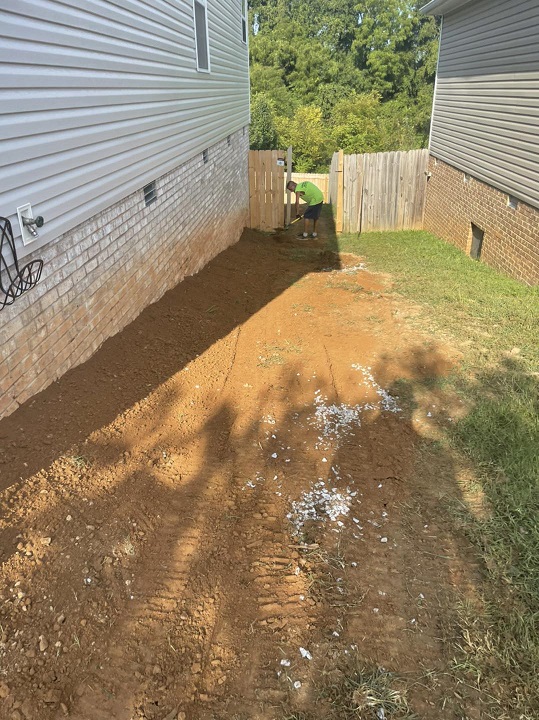How is a Yard Graded For Drainage?
by siteadmin

No matter if you plan to sell or simply maintain your home, grading your yard correctly is an essential step to keeping it in top shape. Grading improves drainage while keeping water away from seeping into foundations.
Grading involves measuring an existing slope and then adding or removing dirt to alter its direction. You can do this on your own or hire a landscape professional.
Slope
Sloping your yard incorrectly can create drainage issues and result in soggy basements and standing water around the foundation, leading to possible foundation leakage issues and standing water issues.
Sloping is a key component of yard grading as it defines how far away from your home the ground falls away from it and helps mitigate soil erosion.
Use a measuring tape and stakes to find out the slope of your yard. Pound one into the ground near your foundation, and measure 10 feet away towards your yard.
Repeat this process with the second stake and drive it into the ground the same distance as before. When both stakes are securely in place, use string to mark out your yard's slope using this system.
An ideal yard would feature a 10% slope; any yard whose slope exceeds this should be considered for regrading.
Topsoil
Your garden's topsoil is one of the most vital components, providing all the essential nutrients for healthy plant growth and blooming.
By adding fresh topsoil to your garden, it can instantly improve its aesthetics and replenish lost nutrients that your plants and flowers may have lost over winter.
When selecting topsoil for your specific needs, it is essential that you select an ideal blend containing equal portions of sand, silt and clay.
Ideal situations will also allow for soil with an average pH level, ensuring nutrients can be taken up efficiently without leading to imbalanced pH levels or imbalanced soil conditions.
Subsoil
Grading a yard means creating a slight slope so rainwater flows away from your home. Grading it correctly is crucial – any problems could arise otherwise!
Step one in soil surveying involves establishing the levels of subsoil and topsoil using simple tools.
Once your subsoil and topsoil levels are even, regrading your yard becomes easier. A 2×4 board and leveling bar are great tools to do just this! Once this process has begun, then regrading will commence in earnest.
Subsoil soil typically comprises of an assortment of minerals and small particles such as sand, silt and clay. It typically has less organic matter and humus than topsoil and tends to be paler in color, as well as having smaller amounts of rocks present.
Average Cost
Grading a yard for drainage directs excess water away from your home and into a drain, helping prevent rot, pests and flooding while making lawn mowing and gardening simpler. It will also make gardening simpler!
Grading a yard for drainage costs between $500 and $5,000 depending on its size, soil type and slope.
Regrading a yard involves contractors using heavy equipment like bulldozers and backhoes to excavate, fill in low spots with dirt, compact the soil, and excavate again if your land contains rocky soil or requires tree and rock removal. Prices will increase accordingly.
Clarksville TN Landscaping Service Sodding and Mulching Gardening Shrubs and Trees Seeding
https://www.landscapingclarksvilletn.com/ About Clarksville Landscaping Service
Commercial Landscaping and Residential Landscaping
Contact Clarksville TN Landscaping Service
No matter if you plan to sell or simply maintain your home, grading your yard correctly is an essential step to keeping it in top shape. Grading improves drainage while keeping water away from seeping into foundations. Grading involves measuring an existing slope and then adding or removing dirt to alter its direction. You can…
Recent Posts
- Shattered Dreams: Knoxville’s Premier Destination for Phone, PC, and Tablet Repair
- Leading the Charge in Louisville’s Junk Removal and Demolition Services
- From CapEx to OpEx: Ratio Tech’s BNPL Mastery in SaaS Financing
- Oh My Auto Detailing: Your Destination for Premier Car Detailing in Clearwater
- We Are Quality LLC Revolutionizes Digital Marketing with Freelance Solutions
